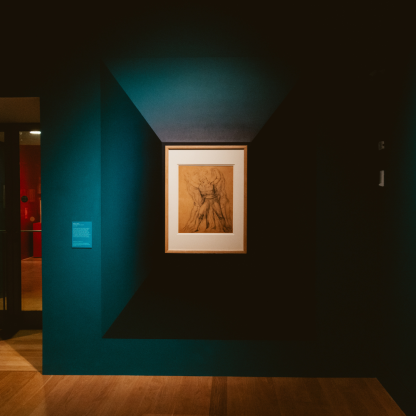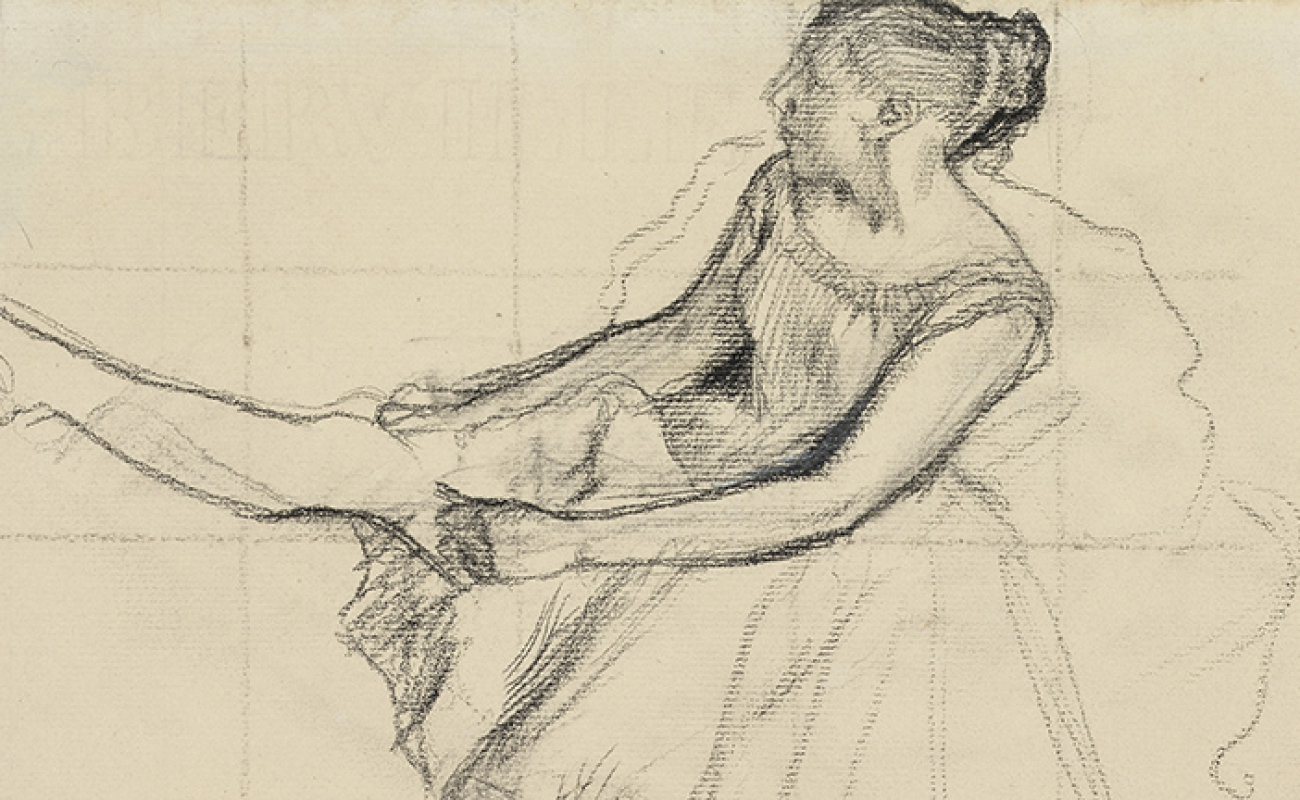Degas: A Passion for Perfection
After a career spanning over half a century, Edgar Degas died in September 1917, in his eighty-third year. This exhibition marks the centenary of the artist’s death with a celebration of his lifetime’s achievement. A remarkable range of work – paintings, pastels, drawings, watercolours, prints of different types, counterproofs and sculptures in bronze and wax - reveals Degas’s fascination with technical experimentation and constant drive to expand his means of expression. Arranged thematically, the exhibition highlights many of the subjects most prominent in Degas’s work – nudes, café scenes and the dance – as well as his individual approach to landscape painting. Degas’s lifelong passion for learning from others is revealed in a series of copies he made after works by Italian Renaissance artists and near-contemporaries such as J.-A.-D. Ingres and Eugène Delacroix. Counterbalancing this, a final section examines Degas’s artistic legacy in the twentieth and twenty-first centuries, notably in the work of Walter Sickert, Pablo Picasso, Lucian Freud, Frank Auerbach, R.B. Kitaj, Ryan Gander and Francis Bacon.
The exhibition draws substantially on the collections of the Fitzwilliam Museum, the most extensive and representative in the UK. These will be complemented by an outstanding group of around sixty loans from private and public collections throughout Europe and the United States, several of which will be on public display for the first time, and by a group of paintings and drawings once belonging to the economist John Maynard Keynes.
Organised by the Fitzwilliam Museum, University of Cambridge, in association with Denver Art Museum.
Major support for the exhibition has been provided by the Monument Trust and the Estate of Paul Mellon.
Sign up to our emails
Be the first to hear about our news, exhibitions, events and more…
.png?key=exhibition)

.png?key=exhibition)
